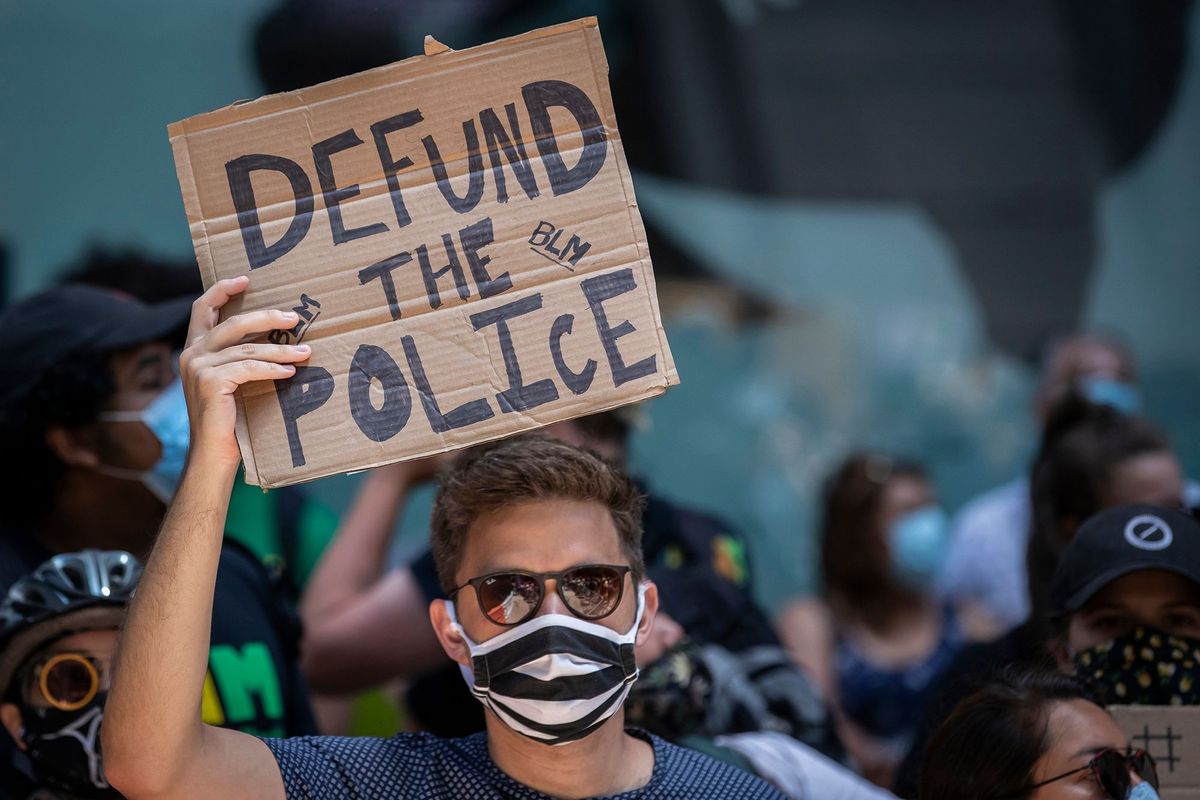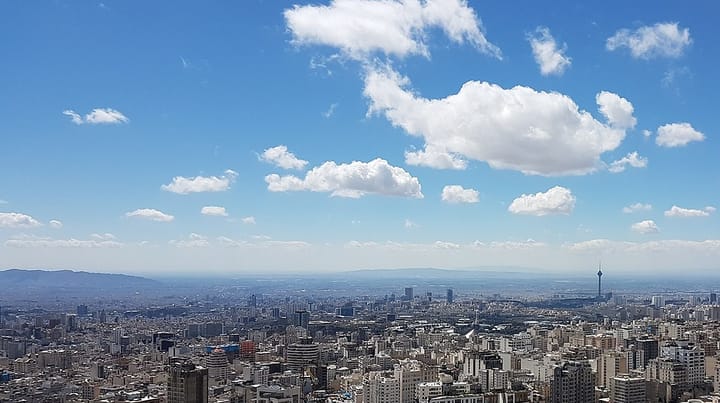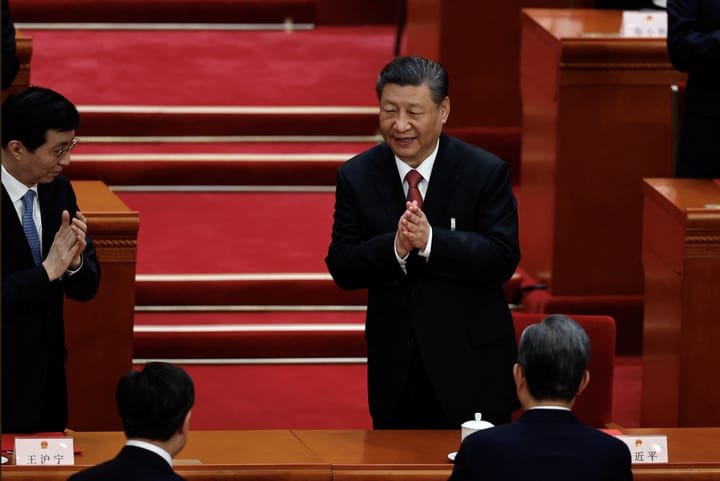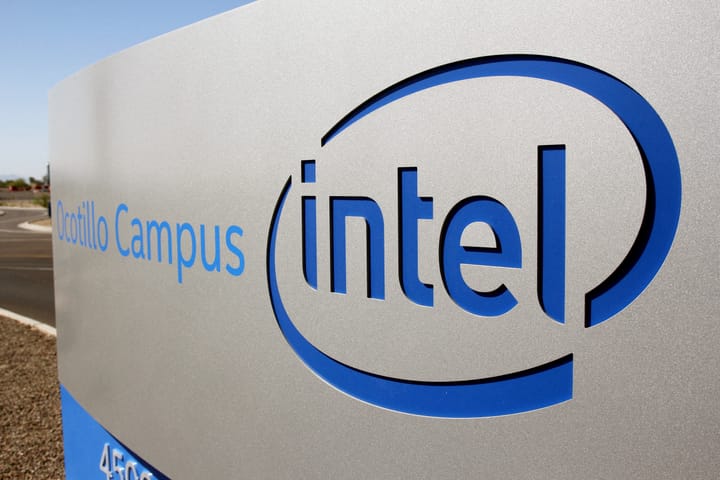What does “Defund the police” mean on a practical level?

A few minutes every morning is all you need.
Stay up to date on the world's Headlines and Human Stories. It's fun, it's factual, it's fluff-free.
Protests sparked by the killing of George Floyd by police officers have been met with military-grade police force. In response, a three-word phrase has become a rallying cry for protestors: “Defund the police.” This call for dramatic policy reform commonly appears on protest signs and in hashtags across social media, but the succinctness of the phrase belies the complexity of the idea.
President Donald Trump has tweeted of his opposition to the idea multiple times and conservative media figures have called it “insane.” But in much of the mainstream media defunding the police has received sympathetic coverage.
As so often happens, the details of a substantive policy idea are at risk of getting lost amid partisan talking points.
The tenets of #DefundThePolice
Across social media platforms, the #DefundThePolice hashtag has spread in the wake of both the killing of George Floyd and in what has been seen as an overly aggressive police response to protests. At times, the hashtag is accompanied by a similar phrase, “Abolish the police,” with the two concepts often being conflated, including by President Trump.
The call to defund police forces, as explained in an infographic by Twitter user @gv4et, is not about abolishing all police, though there are those who do support that. Instead, many are calling for broad changes to social systems across the United States, with a focus on reallocating budgets to better fund civic systems like mental health care organizations and social workers.
The central argument is that police forces have often received “obscene” budgets while other services have consistently been underfunded. It is argued that if the substantial budgets given to police forces – in some cities, 25% of the entire municipal budget – were distributed to other resources, crime could be better addressed through community engagement and healthcare rather than aggressive enforcement.
Activists have cited the lack of funding for teachers and healthcare as evidence that police overfunding is hurting communities. During the ongoing COVID-19 pandemic, hospitals were often too underfunded to adequately address the surge of patients, even in cities like New York where the police budget is US$6 billion.
Additionally, police officers are often responsible for managing people with mental illness, even though they lack sufficient training to do so. This has been a concern for experts for years, with a 2015 study finding that at least 25% of fatal police shootings involve a victim with an untreated mental illness.
The militarization of the police
Defunding the police is also about demilitarizing police forces across the US.
Since World War II, police forces have bought military equipment for domestic use, with the practice growing even more common in the 1990s. As the military equipment has gotten more sophisticated – and lethal – so have the police, with some departments even procuring tanks.
Much of the militarization of police forces has been tied to the so-called “war on terror.” This mindset has led to police responses that are increasingly forceful and a police presence that is often said to resemble an occupying military force.
One illustration of the increasingly militaristic culture within the police is the Blue Lives Matter movement, which is a pro-police response to Black Lives Matter. That movement has adopted as its symbol the black-and-white skull design of the violent comic book character, the Punisher, a vigilante who uses deadly force against his enemies.
Can defunding the police work?
The Democratic Party has aligned itself with the Black Lives Matter protests while Trump has tweeted critically of defunding the police. Some political writers are now suggesting that the rhetoric over defunding the police could represent a political risk for former Vice President Joe Biden’s presidential run.
However, there is historical evidence that defunding the police can bring about positive change.
From the 2000s to the 2010s, Camden, New Jersey was considered one of the worst cities in the country, both in terms of poverty and crime. Systemic corruption from the police to the mayor’s office was a major issue for a place known as “America’s most dangerous city.”
The city’s response to the crime problem was unusual. In 2013, they defunded their police department. Camden laid off the city’s entire unionized police force, which, along with the fire department, had accounted for 75% of the city’s budget. The police were replaced by a non-union, cheaper countywide force and by August, there were signs the gamble was starting to pay off.
Now, nearly a decade later, Camden is being held up as an example of how reducing police budgets and transforming the police culture can transform a city. The countywide police force is trained in de-escalation tactics and there are strict rules on the use of force. Any use of excessive force can result in an officer being fired, a rare response in police departments nationwide.
Camden is considered a qualified success – homicides and instances of excess force are down, but critics say greater community outreach is still needed – but a success, nonetheless.
With Camden as the first test case, it appears Minneapolis, the city where George Floyd lived and was killed by a police officer, is set to try a similar tactic. On June 7, the Minneapolis City Council said it would dismantle the existing police force and “dramatically rethink how we approach public safety and emergency response.”
While not nearly as significant a response, New York City Mayor Bill de Blasio has vowed to cut the budget of the New York Police Department. He has not yet stated by how much.
Have a tip or story? Get in touch with our reporters at tips@themilsource.com




Comments ()